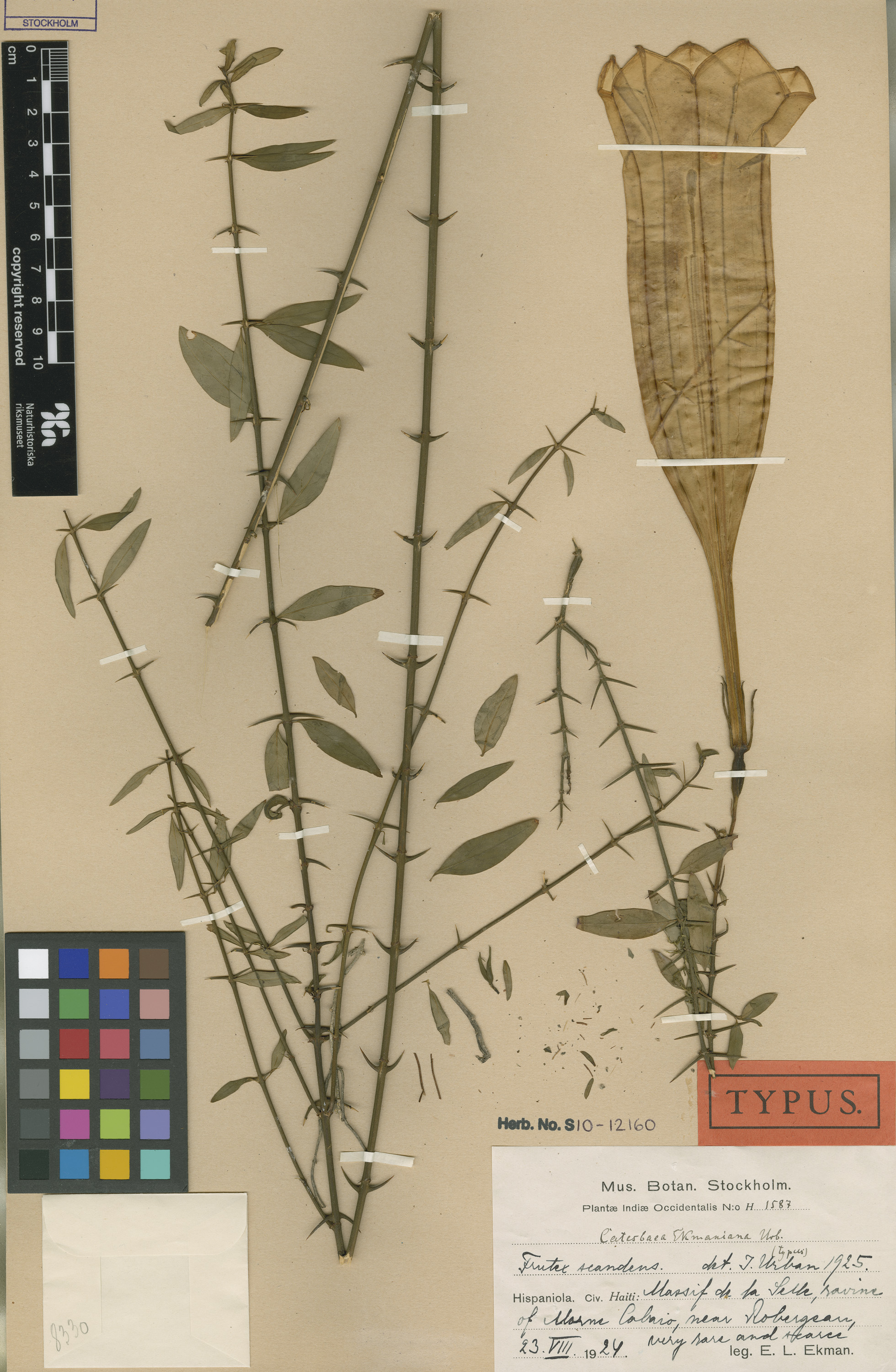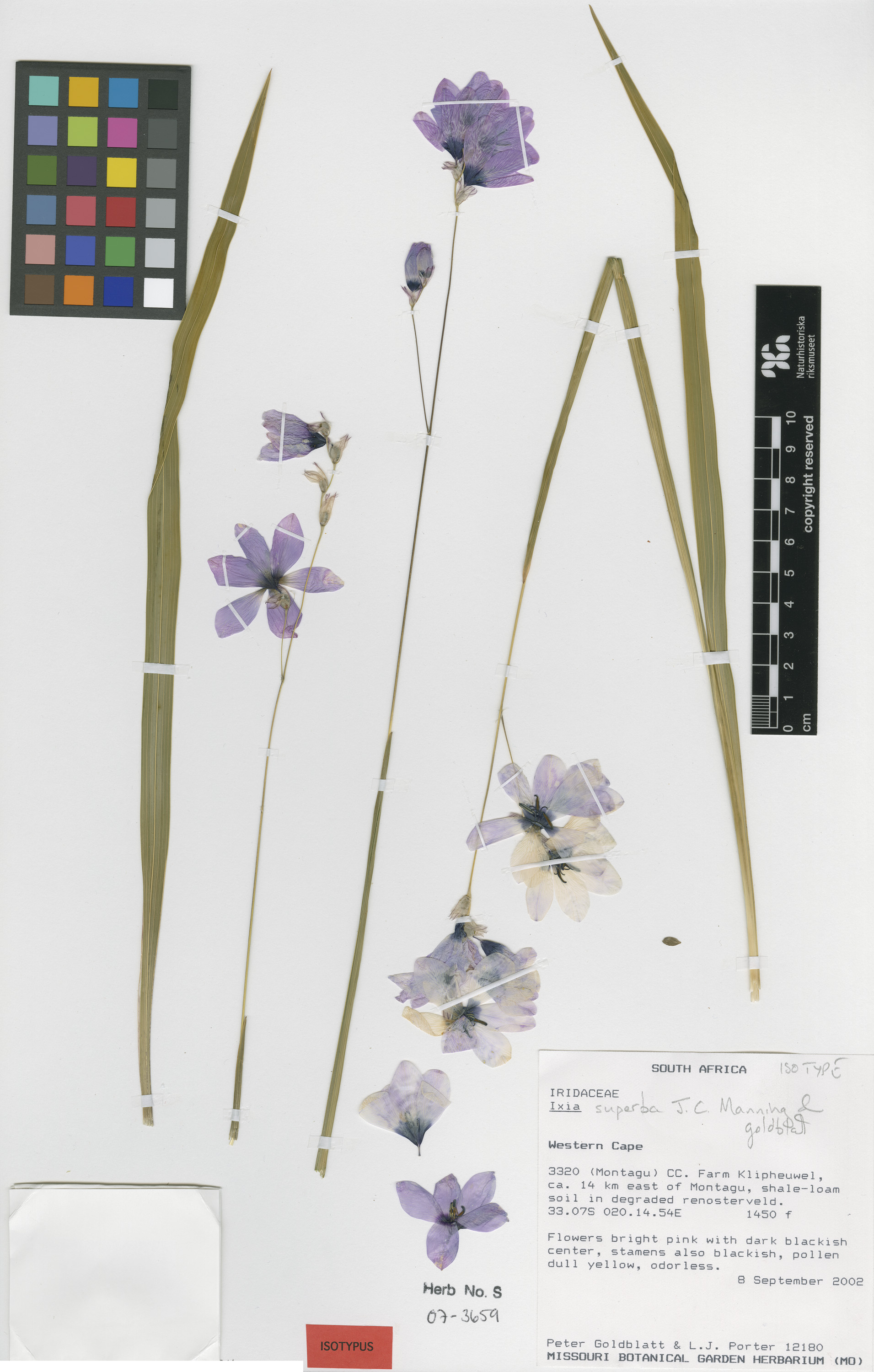Mellon millions digitalize plants
Funds from Mellon Foundation help Sweden digitialize, publish rare plant species.
-
 Catesbaea ekmaniana, in the coffee family, collected in Haiti in 1924 by the Swedish botanist Erik Leonard Ekman, whose collections include over 1400 types. Photo: Swedish Museum of Natural History.
Catesbaea ekmaniana, in the coffee family, collected in Haiti in 1924 by the Swedish botanist Erik Leonard Ekman, whose collections include over 1400 types. Photo: Swedish Museum of Natural History. -
-
A SEK 1.3 million grant (about $181,000) to work with digital images of scientific plant collections has been given by the American charity organization, the Andrew W. Mellon Foundation, to Sweden's national Natural History Museum in Stockholm. Particularly focused on capturing original images from when various rare species were first described to science, the digital imaging is being done in cooperation with 150 other institutions around the world and will be seen on the museum's Internet site.
-
 First described less than ten years ago, Ixia superba is a rare Crocus relative from a small area of a few acres in South Africa. Photo: Swedish Museum of Natural History.
First described less than ten years ago, Ixia superba is a rare Crocus relative from a small area of a few acres in South Africa. Photo: Swedish Museum of Natural History. -
-
"Work on digitalizing and making these valuable collections available is a major step forward and will be a valuable tool for plant systematic research and for studies of biodiversity and conservation in the future," said Professor Arne Anderberg, head of the botanical unit at the museum. The Museum of Natural History has over 40,000 original copies of vascular plants, and the process of digitalization that began in 2009 now employs five people and is expected to take five more years.
More info on the Mellon Foundation: www.mellon.org / On the Natural History Museum in Stockholm: www.nrm.se -
-
